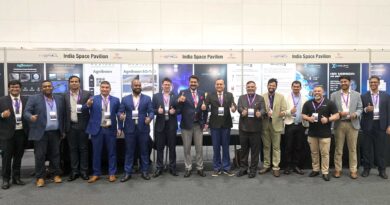On-Demand Tech Paradox: Balancing Speed and Spend
Mumbai: A new global study from the Capgemini Research Institute reveals that while On-Demand technologies such as public cloud, Software-as-a-Service (SaaS), and Generative AI (Gen AI) are driving growth, rising costs, complexity, and governance gaps are putting returns at risk. Nearly eight in ten organizations say these technologies are key to driving growth, yet the same proportion are struggling to contain costs.
Soaring Costs and Complexity
The study found that 82% of executives report significant increases in cloud, SaaS, and Gen AI costs, driven by inflation, AI adoption, and digital infrastructure demands. Budget overruns are also common, with 76% of organizations exceeding their public cloud budgets by an average of 10%, while 68% overspent on Gen AI and 52% on SaaS.
Shadow IT and Security Risks
The study also highlights the risks associated with Shadow IT, where business units drive 59% of Gen AI and 48% of SaaS spending without IT oversight. Nearly all executives (98%) admit to bypassing IT for tech purchases, creating inefficiencies and security vulnerabilities.
FinOps: A Critical Discipline
FinOps, a discipline aimed at optimizing costs and elevating On-Demand tech value, is still underdeveloped. While 60% of organizations use cloud cost management tools, only 37% evaluate their effectiveness or act on insights. Only 2% of organizations have a dedicated FinOps function that covers cloud, SaaS, and Gen AI holistically.
Sustainability and Cost Savings
The study also found that suboptimal On-Demand tech usage leads to excessive energy consumption and increased carbon emissions. However, only 36% of organizations have a strategy for integrating sustainability into FinOps. By developing energy-efficient architectures and optimizing computing and storage, organizations can reduce costs and carbon emissions.
Conclusion
The study emphasizes the need for strategic cost management and FinOps maturity to unlock the full potential of On-Demand technologies. By aligning cloud strategy with business goals and designing scalable, modular, cloud-native architectures, organizations can drive sustainable value through smarter FinOps, integrated governance, and AI-driven automation.




